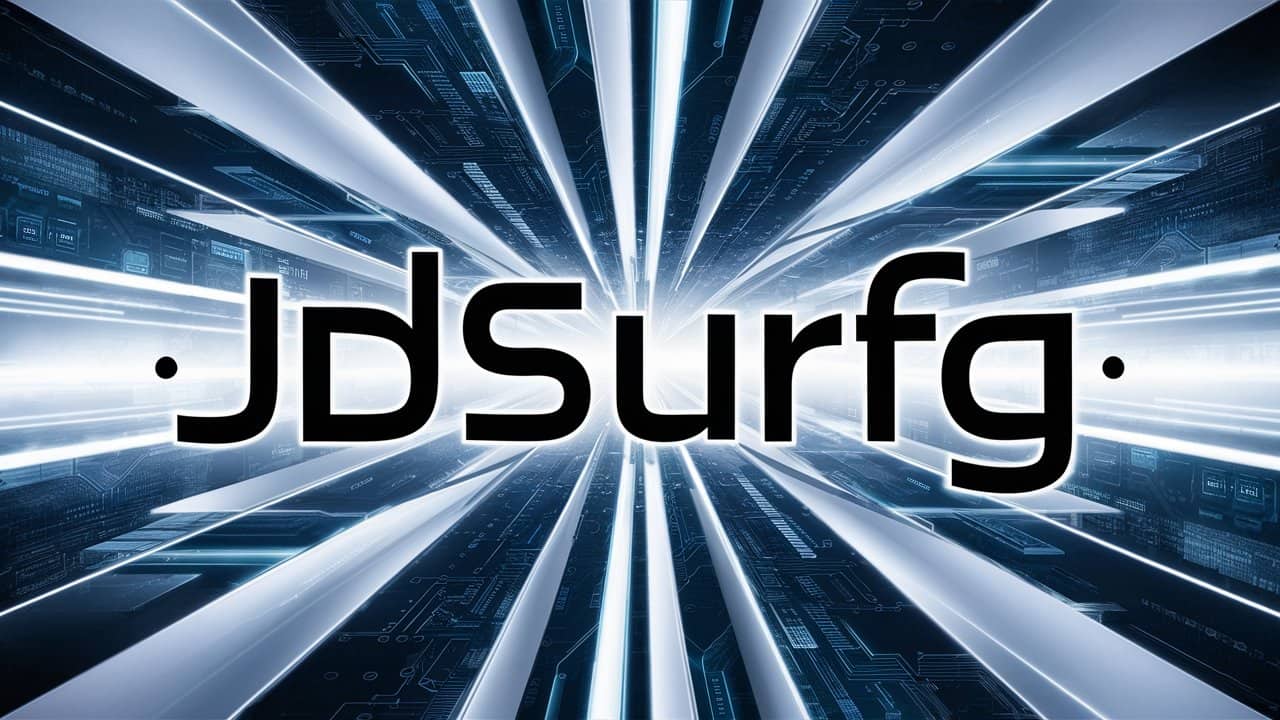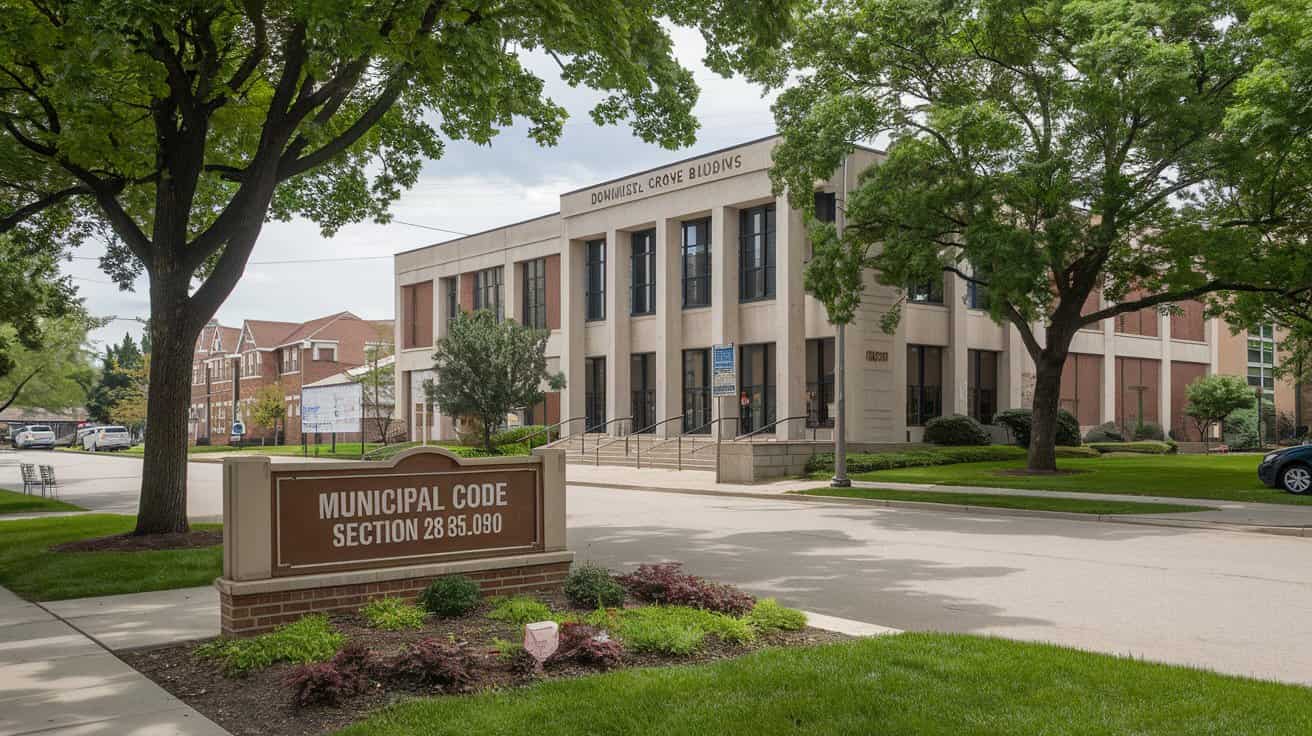JDSurfG was a game-changer for my geophysical research. Integrating surface wave tomography with Bouguer gravity data provided unprecedented clarity in subsurface exploration. This advanced tool has truly transformed my approach to understanding geological structures.
JDSurfG is a high-tech tool that combines two types of data: surface wave measurements and gravity readings. It helps scientists get a clear and detailed picture of what’s beneath the Earth’s surface, making it easier to explore and understand geological features.
Whether you’re a geophysicist or simply curious about cutting-edge technology, this article will provide a comprehensive overview of JDSurfG and its impact on understanding the Earth’s hidden structures.
What Is Jdsurfg?
JDSurfG stands for Joint Inversion of Direct Surface Wave Tomography and Bouguer Gravity. It represents a cutting-edge approach in geophysics designed to provide a more detailed and accurate picture of the Earth’s subsurface.
By combining two crucial datasets—surface wave tomography and Bouguer gravity measurements—JDSurfG offers a comprehensive view of geological formations that traditional methods might miss.
The Origin Of The Term
The term “JDSurfG” is derived from a combination of scientific concepts. “Joint Inversion” refers to the process of simultaneously analyzing multiple datasets to improve accuracy.
“Direct Surface Wave Tomography” involves studying surface waves to infer subsurface structures, while “Bouguer Gravity” measures gravitational variations to understand density changes in the Earth’s crust. Together, these elements form a powerful tool for geophysical exploration.
How does Jdsurfg Works?
To fully appreciate JDSurfG, it’s essential to understand the two primary components it combines:
Surface Wave Tomography
Surface wave tomography is a geophysical technique that analyzes surface waves—seismic waves that travel along the Earth’s surface.
These waves are sensitive to the properties of the materials they pass through, including their density and elasticity. By studying the speed and behavior of these waves, scientists can infer the structure and composition of the subsurface layers.
Bouguer Gravity
Bouguer gravity measurements involve detecting variations in the Earth’s gravitational field caused by differences in rock density beneath the surface.
These measurements help identify anomalies that indicate the presence of geological features such as faults, cavities, or ore deposits. By mapping these gravity anomalies, geophysicists can gain insights into the Earth’s subsurface structure.
The Integration Process:
JDSurfG utilizes a method called “joint inversion,” where data from both surface wave tomography and Bouguer gravity measurements are analyzed together. This approach provides a more accurate and detailed representation of subsurface structures compared to using either dataset alone. By integrating these datasets, JDSurfG can:
- Enhance Resolution: Combining surface wave and gravity data improves the resolution of subsurface images.
- Increase Accuracy: Joint inversion reduces the uncertainties and errors that might arise from using only one type of data.
- Reveal Hidden Features: The integration helps uncover geological features that might be missed by traditional methods.
What Are The Applications Of Jdsurfg?
JDSurfG has a wide range of applications across various fields, making it a valuable tool for geophysicists and engineers.
Natural Resource Exploration
In the mining and oil industries, JDSurfG is used to locate and evaluate mineral and hydrocarbon deposits. By providing detailed subsurface images, it helps identify potential drilling sites and optimize exploration strategies.
Seismic Hazard Assessment
Understanding the geological structures beneath urban areas is crucial for assessing seismic hazards. JDSurfG helps in identifying fault lines and other geological features that could impact earthquake risk. This information is vital for designing earthquake-resistant infrastructure and improving public safety.
Environmental And Engineering Projects
For environmental and engineering projects, JDSurfG aids in site characterization and monitoring. It helps in assessing the stability of construction sites, detecting subsurface contamination, and ensuring the integrity of structures like dams and tunnels.
What Are The Future Prospects And Innovations?
The field of geophysics is continually evolving, and JDSurfG is no exception. As technology advances, we can expect several exciting developments in this area:
Improved Algorithms
Future iterations of JDSurfG may incorporate advanced algorithms that further enhance data integration and interpretation. These improvements could lead to even more accurate and detailed subsurface images.
Integration With Other Techniques
Combining JDSurfG with other geophysical techniques, such as electromagnetic surveys or borehole data, could provide a more comprehensive understanding of the subsurface. This multi-method approach could improve the accuracy and reliability of geophysical investigations.
Enhanced Field Deployment
Advancements in field equipment and data collection methods will make JDSurfG more accessible and efficient. Portable and high-resolution instruments could allow for quicker and more detailed surveys in a variety of environments.
Conclusion:
JDSurfG represents a significant advancement in the field of geophysics, offering a powerful tool for subsurface exploration. By integrating surface wave tomography and Bouguer gravity data, JDSurfG provides a more detailed and accurate picture of the Earth’s subsurface, with applications ranging from natural resource exploration to seismic hazard assessment.
As technology continues to advance, JDSurfG will undoubtedly evolve, offering even greater insights into the geological world beneath our feet.
FAQs
What Is The Primary Benefit Of Using Jdsurfg In Geophysical Surveys?
JDSurfG combines surface wave tomography and Bouguer gravity measurements to provide a more detailed and accurate image of subsurface structures, improving the resolution and reliability of geophysical surveys.
How Does Surface Wave Tomography Contribute To Jdsurfg?
Surface wave tomography analyzes seismic surface waves to infer the properties of subsurface materials. This information is crucial for understanding geological structures and is integrated with gravity data in JDSurfG for enhanced accuracy.
What Role Does Bouguer Gravity Play In Jdsurfg?
Bouguer gravity measures variations in the Earth’s gravitational field caused by changes in rock density. This data helps identify geological features such as faults and ore deposits, which are combined with surface wave data in JDSurfG.
Can Jdsurfg Be Used For Earthquake Hazard Assessment?
Yes, JDSurfG can be used to assess seismic hazards by identifying fault lines and other geological features that impact earthquake risk. This information is valuable for designing earthquake-resistant infrastructure and improving public safety.
How Does Jdsurfg Improve Resource Exploration?
JDSurfG enhances resource exploration by providing detailed subsurface images that help locate and evaluate mineral and hydrocarbon deposits. This improves exploration strategies and optimizes drilling sites.
What Are Some Potential Future Developments For Jdsurfg?
Future developments for JDSurfG may include improved algorithms for data integration, integration with other geophysical techniques, and advancements in field equipment for more efficient and detailed surveys.
How Does Joint Inversion Enhance The Accuracy Of Jdsurfg?
Joint inversion combines data from surface wave tomography and Bouguer gravity measurements, reducing uncertainties and errors that might arise from using only one type of data. This results in a more accurate and detailed representation of subsurface structures.
Are There Any Limitations To Using Jdsurfg?
While JDSurfG is a powerful tool, it may have limitations in extremely challenging environments or when dealing with highly complex geological structures. However, ongoing advancements in technology are likely to address many of these challenges.
How Is Jdsurfg Different From Traditional Geophysical Methods?
JDSurfG integrates multiple datasets (surface wave tomography and Bouguer gravity) to provide a more comprehensive view of the subsurface compared to traditional methods that rely on a single type of data.
Where Can I Find More Information About Jdsurfg?
For more information about JDSurfG, you can refer to scientific journals, geophysical research papers, and industry reports that discuss the latest advancements and applications in geophysical exploration and technology.



